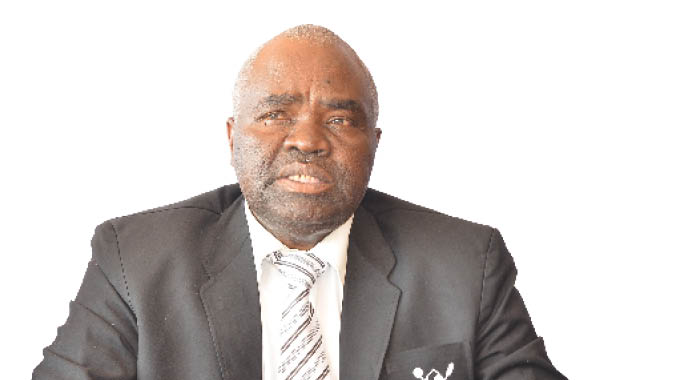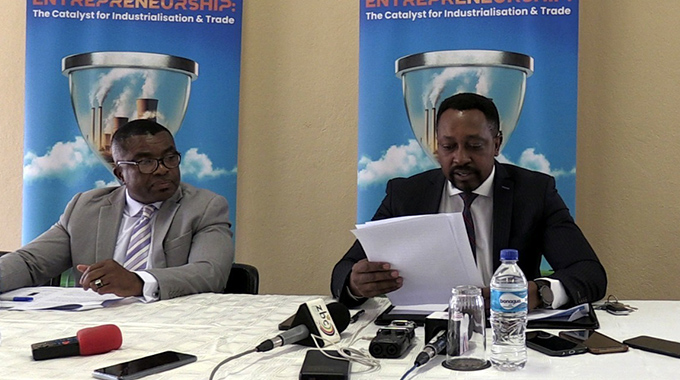EMA approves Invictus EIA report

Oliver Kazunga, Senior Business Reporter
THE Environmental Management Agency (EMA) has approved an Environment Impact Assessment prospectus for the proposed oil project in Muzarabani, Mashonaland Central province by Invictus Energy Limited.
The Australia Stock Exchange-listed miner, Invictus Energy confirmed the potential of oil in Muzarabani, Cabora Bassa Basin, 25 years after Mobil, one of America’s major oil firms, carried out similar studies in the area and left.
In July this year, Invictus further announced results of independent estimates showing the improved potential of oil and gas discovery at the prospective area.
The latest findings strongly support the possible existence of 1,3 billion barrels of oil equivalent (BOE) or alternatively an estimated resource of 206 billion litres of oil in the Cabora Bassa Basin in Muzarabani.
The mining concern said the approval of the EIA prospectus now allows the undertaking of a full EIA assessment.
“Invictus Energy is pleased to announce that the Environmental Management Agency (EMA) has approved the EIA prospectus lodged by its 80 percent owned subsidiary, Geo Associates (Pvt) Limited.
“The approval of the EIA prospectus enables the company to carry out the full EIA assessment including field surveys, baseline studies and consultation of the key project stakeholders, local leaders, relevant Government ministries and extension offices,” it said in a statement.
The EIA study is being carried out by independent environmental consultants, the Scientific & Industrial Research & Development Centre (Sirdc). Invictus said an initial consultation with local authorities and traditional leaders and chiefs from the Muzarabani and Mbire districts was held recently.
The company’s managing director, Mr Scott Macmillan, was quoted as saying:
“The EIA study is an important undertaking to ensure that we adequately and identify and effectively mitigate any anticipated impacts associated with the exploration programme and the development of any discoveries made.
“The completion and approval of the EIA study will fulfil the environmental approvals required for future exploration drilling and development of any resources by the regulator EMA.
“We will consult closely with the local community and stakeholders and develop an Environmental Management and Monitoring Plan, which will ensure that the mitigation measures are adhered to during the project.”
It is hoped that the discovery of oil in Muzarabani could fast track Government’s efforts to turnaround the economy.
The Muzarabani prospect is estimated to contain 8,2 Tcf plus 250 million barrels of conventional gas/ condensate (gross mean unrisked) across five horizons while the Msasa Prospect identified under the same permit (SG 4571) is estimated to contain 1,05 Tcf plus 44 million barrels of conventional gas/condensate (gross mean unrisked) across three horizons.
Unrisked reserves already developed by drilling and production have a very reasonable certainty of being produced while risked reserves are either probable or possible reserves depending upon the amount of uncertainty involved and basically represent poorly developed or undeveloped oil and gas fields. — @okazunga











Comments